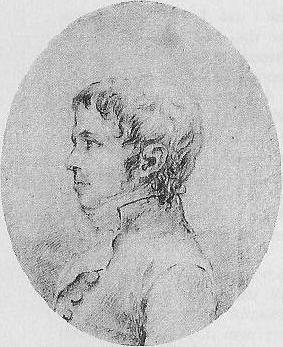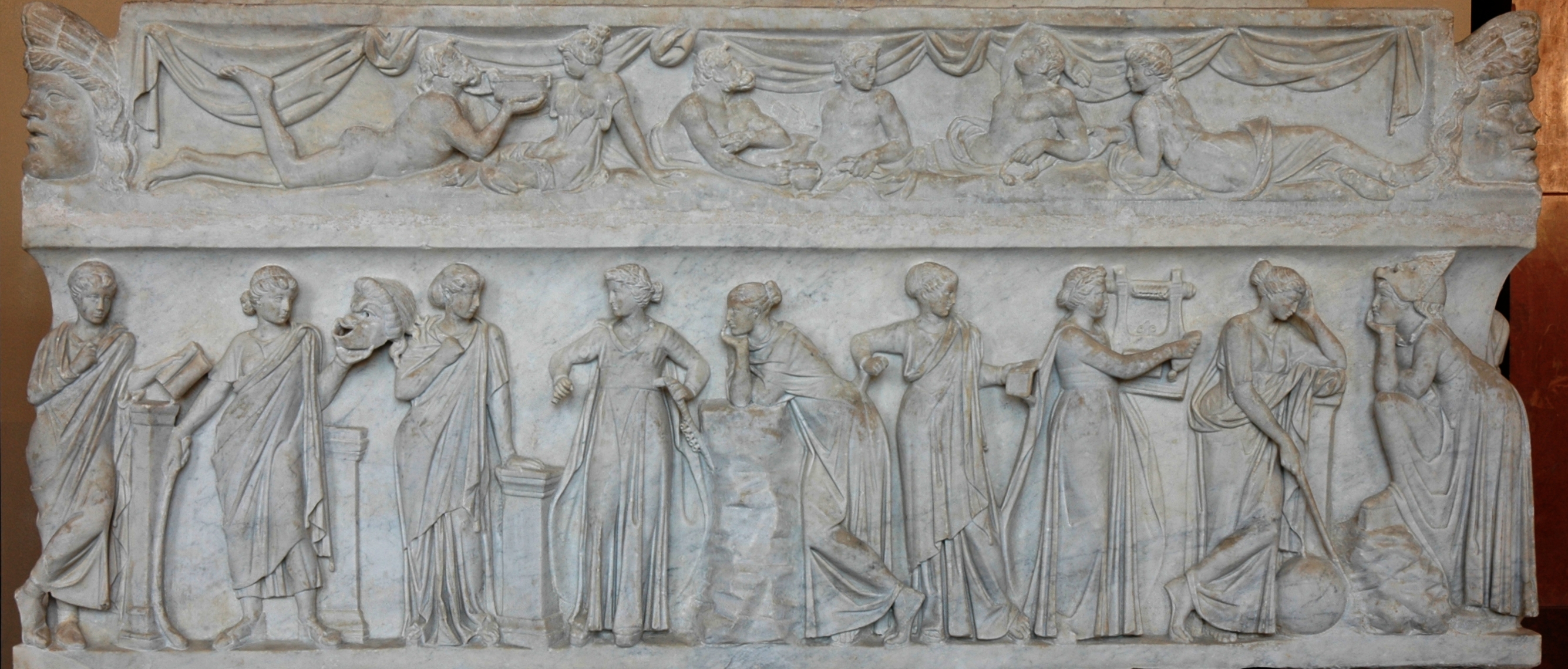|
The Swedish Art Music Society
The Swedish Art Music Society () is a non-profit organisation with the aim of publishing Swedish art music. It was founded by Swedish composers in 1859 to facilitate the publishing of Swedish art music, then largely controlled by German publishers. Each year, one or a couple of pieces of music are selected for publication. Composers include Stenhammar, Röntgen-Maier, Alfvén, Olsson Olsson is a common Swedish surname. It is a contraction of the surname Olofsson and it literally means "son of Olof" and seldom also "son of Ola". Notable people with the surname include: * Åke Olsson - Swedish football player * Åke Olsson (ch ..., de Frumerie, Wirén, Carlstedt and Welin. Often, contemporary music is chosen, but sometimes the organisation elects to publish older masterpieces which have remained unpublished, such as the recent publication of the symphonies by the Swedish 18th-century composer Eggert. References * * * External links The society's webpage {{Authority control ... [...More Info...] [...Related Items...] OR: [Wikipedia] [Google] [Baidu] |
Wilhelm Stenhammar
Carl Wilhelm Eugen Stenhammar (February 7, 1871 – November 20, 1927) was a Swedish composer, conductor and pianist. Biography Stenhammar was born in Stockholm and was the brother of architect Ernst Stenhammar. He received his first musical education in Stockholm. He then went to Berlin to further his studies in music. He became a glowing admirer of German music, especially Richard Wagner and Anton Bruckner. Stenhammar himself described the style of his First Symphony in F major as "idyllic Bruckner". He subsequently sought to emancipate himself and write in a more "Nordic" style, looking to Carl Nielsen and Jean Sibelius for guidance. The latter's Symphony No. 2, especially, had a great effect on him, leading him to change his style and withdraw his own First Symphony from performance. Having seen Sibelius's symphony performed in Stockholm, Stenhammar wrote to him:You should know that you are in my thoughts daily ever since I heard the symphony. You magnificent person, it is ... [...More Info...] [...Related Items...] OR: [Wikipedia] [Google] [Baidu] |
Amanda Röntgen-Maier
Amanda Röntgen-Maier (20 February 1853 – 15 July 1894) was a Swedish violinist and composer. She was the first female graduate in music direction from the Royal College of Music, Stockholm, Royal College of Music in Stockholm in 1872. Biography Amanda Maier was born into a musical home in Landskrona and discovered her musical talent early. Her first instruction in violin and piano was from her father. At the age of sixteen, Maier began studying at the Royal College of Music in Stockholm, where she studied violin, organ, piano, cello, composition and harmony. Maier performed violin concerts in both Sweden and abroad. She continued to study composition with the conservatory teachers Reinecke and Richter in Leipzig and violin from Engelbert Röntgen, concert master at Leipzig Gewandhaus Orchestra, Gewandhaus Orchestra in the same city. During this time she composed a violin sonata, a piano trio and a violin concerto for orchestra. Her violin concerto was premiered in 1875 with ... [...More Info...] [...Related Items...] OR: [Wikipedia] [Google] [Baidu] |
Hugo Alfvén
Hugo Emil Alfvén (; 1 May 18728 May 1960) was a Swedish composer, conductor, violinist, and painter. Career Violinist Alfvén was born in Stockholm, Sweden, and studied at the Royal College of Music (Kungliga Musikhögskolan) from 1887 to 1891 with the violin as his main instrument while receiving lessons from Lars Zetterquist. He also took private composition lessons from Johan Lindegren, a leading counterpoint expert. At the same time he played the violin at the Royal Opera in Stockholm 1890-1892. Conductor Starting in 1897, Alfvén travelled much of the next ten years in Europe. He studied violin technique in Brussels with César Thomson and learned conducting in Dresden with Hermann Ludwig Kutzschbach. In 1903-4 he was formally professor of composition at the Royal Conservatory, Stockholm. From 1910 Alfvén was ''Director musices'' (music director) at the University of Uppsala (a post he held until 1939). There he also directed the male voice choir Orphei Drä ... [...More Info...] [...Related Items...] OR: [Wikipedia] [Google] [Baidu] |
Otto Olsson
Otto Emanuel Olsson (19 December 1879 – 1 September 1964) was a Swedish organist and classical music composer. Life and career Olsson, a native of Stockholm, was one of the most renowned organ virtuosos of his time. He studied organ with August Lagergren (1848−1908) and composition with Joseph Dente (1838−1905), both teachers having been employed at the Royal Swedish Academy of Music. Later Olsson himself joined the faculty there, becoming teacher of harmony (1908–24) and then organ (1924–45). Meanwhile he was also the organist at the Gustaf Vasa Church in Stockholm. He became a member of the Swedish Royal Academy of Music in 1915. Olsson used his strong background in counterpoint, combined with an affinity for French organ music, to develop his late Romantic style of composition. He also had an interest in early music and, though not a Catholic but a Lutheran, used the plainchant techniques of Gregorian chant in his ''Gregorianska melodier''. At times he explored ... [...More Info...] [...Related Items...] OR: [Wikipedia] [Google] [Baidu] |
Gunnar De Frumerie
Per Gunnar Fredrik de Frumerie (20 July 1908, in Nacka, Stockholm County – 9 September 1987, in Täby, Stockholm County) was a Swedish composer and pianist. He was the son of architect Gustaf de Frumerie and Maria Helleday. After studying piano in Stockholm and Vienna, he studied under Alfred Cortot in Paris. He then studied at the Royal College of Music, Stockholm from 1923–1928. Frumerie later taught the piano at the same college, from 1945 to 1974. His compositions covered a wide area, from grand opera to piano miniatures, but he is best remembered for his piano works. His works possess a Brahmsian complexity mixed with an impressionistic elegance. One can relate his music to such composers as Lars-Erik Larsson or Wilhelm Peterson-Berger. Although not noted for his theatre work, he did write an opera, ''Singoalla'' (1940). He wrote many songs, often to words by Pär Lagerkvist. The cello concerto (1984) has an interesting history. It was adapted from his second cello ... [...More Info...] [...Related Items...] OR: [Wikipedia] [Google] [Baidu] |
Dag Wirén
Dag Ivar Wirén (15 October 1905 – 19 April 1986) was a Swedish composer. Life Wirén was born at Striberg near Nora. His father had a roller blind factory, and there were various musical activities in the family home; he took piano lessons, and was a student at the Karolinska school in Örebro, and played the bass drum and celesta in the town orchestra. Wirén studied at the Stockholm conservatory from 1926 to 1931, which gave him much exposure to music from all periods; hearing Arthur Honegger's oratorio ''King David'' in 1927 was an important experience. In 1932 he won the state stipend and used the award money to continue his studies in Paris, where he lived from 1931 to 1934. While there, he studied composition under the Russian composer Leonid Sabaneyev, though he admitted later that his endless attendance of concerts, and not his tutoring with Sabaneyev, had the greater impact on his own work. In Paris he met Igor Stravinsky (as well as his compatriot Gösta Nystroem ... [...More Info...] [...Related Items...] OR: [Wikipedia] [Google] [Baidu] |
Joachim Nicolas Eggert
Joachim Nicolas Eggert (22 February 1779 – 14 April 1813) was a Swedish composer and musical director. Eggert was born in Gingst on Rügen, at that time part of Swedish Pommern. At a very young age he started studying to play the violin. In Stralsund he continued his musical education in the subjects of violin and composition. These studies were followed, in the first years of the 19th century, by studies in musical theory in Braunschweig and Göttingen, with Johann Nikolaus Forkel as a teacher. In 1802 he got his first appointment as a Kapellmeister at the court theater of Schwerin. A year later he became violinist at the Swedish Royal Orchestra, Royal Court Orchestra of Sweden. He soon received his first commissions for compositions. In 1807 he was appointed a member of the Royal Swedish Musical Academy; in the same year he made his debut as a musical director. Between 1808 and 1812 he worked as a Hofkapellmeister at the Royal Court Orchestra. He died at Thomestorp, ... [...More Info...] [...Related Items...] OR: [Wikipedia] [Google] [Baidu] |
Music Organizations Based In Sweden
Music is generally defined as the art of arranging sound to create some combination of form, harmony, melody, rhythm or otherwise expressive content. Exact definitions of music vary considerably around the world, though it is an aspect of all human societies, a cultural universal. While scholars agree that music is defined by a few specific elements, there is no consensus on their precise definitions. The creation of music is commonly divided into musical composition, musical improvisation, and musical performance, though the topic itself extends into academic disciplines, criticism, philosophy, and psychology. Music may be performed or improvised using a vast range of instruments, including the human voice. In some musical contexts, a performance or composition may be to some extent improvised. For instance, in Hindustani classical music, the performer plays spontaneously while following a partially defined structure and using characteristic motifs. In modal jazz the p ... [...More Info...] [...Related Items...] OR: [Wikipedia] [Google] [Baidu] |
Arts Organizations Established In 1859
The arts are a very wide range of human practices of creative expression, storytelling and cultural participation. They encompass multiple diverse and plural modes of thinking, doing and being, in an extremely broad range of media. Both highly dynamic and a characteristically constant feature of human life, they have developed into innovative, stylized and sometimes intricate forms. This is often achieved through sustained and deliberate study, training and/or theorizing within a particular tradition, across generations and even between civilizations. The arts are a vehicle through which human beings cultivate distinct social, cultural and individual identities, while transmitting values, impressions, judgments, ideas, visions, spiritual meanings, patterns of life and experiences across time and space. Prominent examples of the arts include: * visual arts (including architecture, ceramics, drawing, filmmaking, painting, photography, and sculpting), * literary arts (includ ... [...More Info...] [...Related Items...] OR: [Wikipedia] [Google] [Baidu] |
Music Publishing Companies Of Sweden
Music is generally defined as the art of arranging sound to create some combination of form, harmony, melody, rhythm or otherwise expressive content. Exact definitions of music vary considerably around the world, though it is an aspect of all human societies, a cultural universal. While scholars agree that music is defined by a few specific elements, there is no consensus on their precise definitions. The creation of music is commonly divided into musical composition, musical improvisation, and musical performance, though the topic itself extends into academic disciplines, criticism, philosophy, and psychology. Music may be performed or improvised using a vast range of instruments, including the human voice. In some musical contexts, a performance or composition may be to some extent improvised. For instance, in Hindustani classical music, the performer plays spontaneously while following a partially defined structure and using characteristic motifs. In modal jazz the ... [...More Info...] [...Related Items...] OR: [Wikipedia] [Google] [Baidu] |





